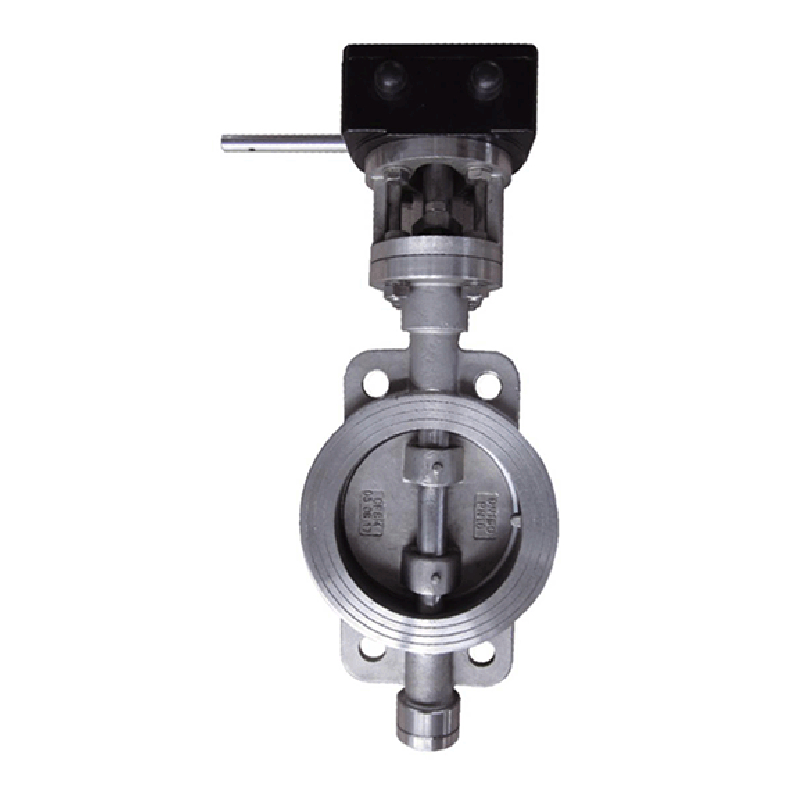Dis . 15, 2024 14:08 Back to list
threaded ball valve
Understanding Threaded Ball Valves A Comprehensive Guide
Threaded ball valves are essential components widely used in various industrial applications due to their reliability, versatility, and ease of operation. These valves play a crucial role in controlling the flow of liquids and gases within pipelines, making them indispensable in sectors such as oil and gas, water treatment, and chemical processing.
What is a Threaded Ball Valve?
A threaded ball valve is a type of quarter-turn valve that utilizes a spherical disc, known as a ball, to regulate the flow of fluid. The ball features a hole in the center, allowing fluid to pass through when the valve is open. When the valve is closed, the ball rotates 90 degrees to seal the passage, preventing flow. The term threaded refers to the threaded ends of the valve, which allow it to be easily installed onto pipes with corresponding threads.
Key Features and Benefits
1. Simple Operation Threaded ball valves are known for their straightforward design, enabling quick and easy operation. With just a quarter turn of the handle, operators can fully open or close the valve, making them efficient for on/off control.
2. Versatile Applications These valves are suitable for a wide range of applications, handling various media, including water, oil, and gas. Their adaptability to different environments, such as high pressure and temperature fluctuations, makes them a preferred choice in many industries.
3. Durable Construction Manufactured from materials such as brass, stainless steel, and PVC, threaded ball valves are designed for longevity. Their robust construction ensures they can withstand harsh conditions and resist corrosion, which is vital for maintaining integrity in critical applications.
threaded ball valve

4. Low Maintenance One of the significant advantages of threaded ball valves is their low maintenance requirements. Their design minimizes the risk of leaks and wear and tear, reducing downtime and maintenance costs for businesses.
Installation Considerations
When installing a threaded ball valve, several factors should be considered to ensure optimal performance. Firstly, it is crucial to match the valve's thread size and type to the corresponding pipe to prevent leaks and ensure a secure fit. Additionally, proper alignment during installation helps avoid undue stress on the valve components, thereby extending its lifespan.
Maintenance and Troubleshooting
Despite their low maintenance nature, regular inspections are essential to ensure the threaded ball valve operates efficiently. Operators should routinely check for signs of wear, leaks, and unusual noises during operation. In cases where the valve does not open or close correctly, issues may arise from debris trapped in the valve seat or a malfunctioning actuator. Cleaning and occasional lubrication can help maintain the valve’s functionality.
Conclusion
In summary, threaded ball valves are vital in modern industrial systems due to their simplicity, durability, and versatility. Their ability to provide reliable flow control in various applications makes them a go-to solution for engineers and operators. Whether in the oil and gas sector or in water treatment facilities, understanding the functionality and proper maintenance of threaded ball valves can lead to improved efficiency and reduced operational costs. By choosing the right materials and adhering to proper installation practices, industries can ensure these critical components continue to perform effectively for years to come.
Share
-
Reliable Wafer Type Butterfly Valves for Every IndustryNewsJul.25,2025
-
Reliable Flow Control Begins with the Right Ball Check ValveNewsJul.25,2025
-
Precision Flow Control Starts with Quality ValvesNewsJul.25,2025
-
Industrial Flow Control ReliabilityNewsJul.25,2025
-
Engineered for Efficiency Gate Valves That Power Industrial PerformanceNewsJul.25,2025
-
Empowering Infrastructure Through Quality ManufacturingNewsJul.25,2025